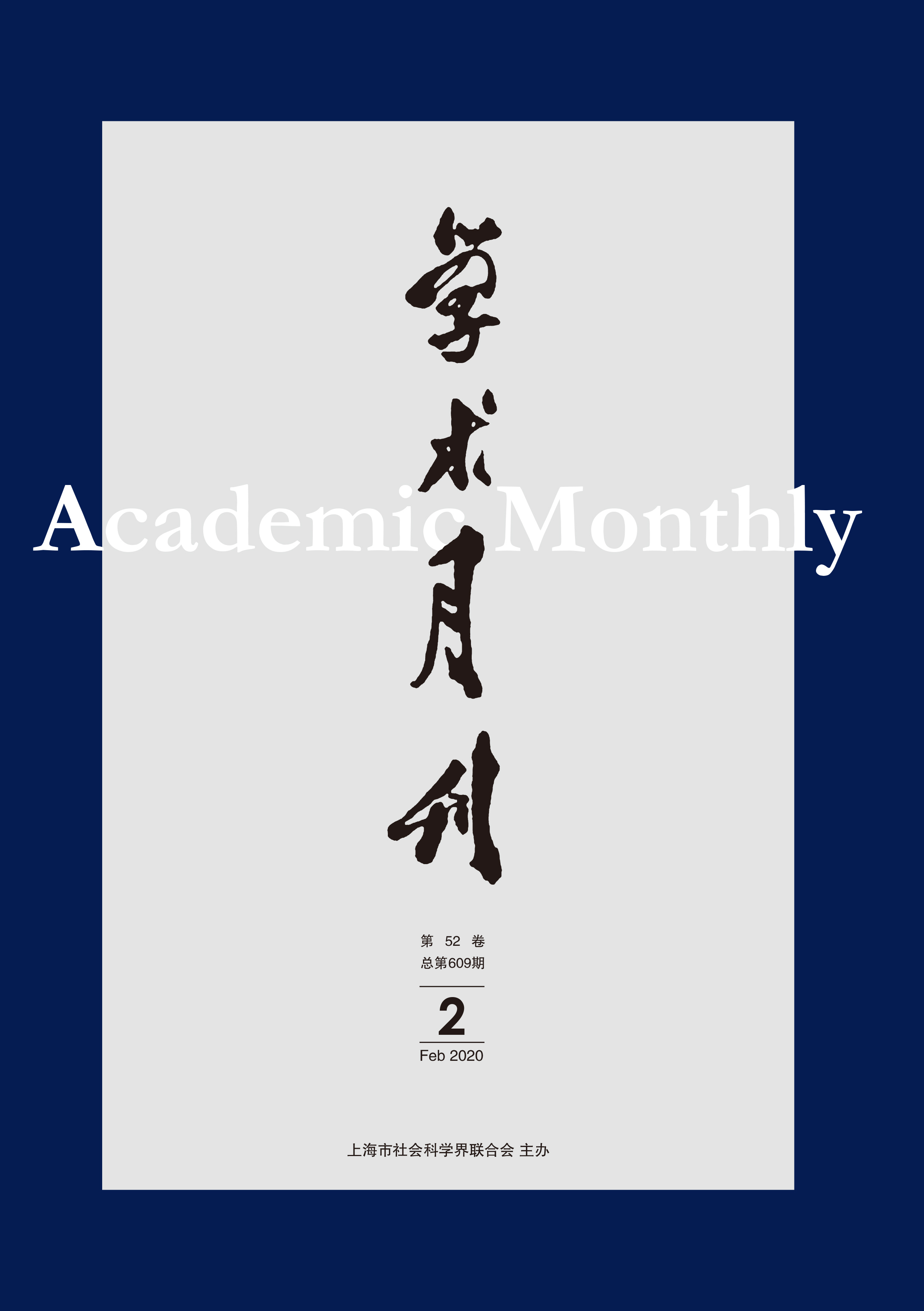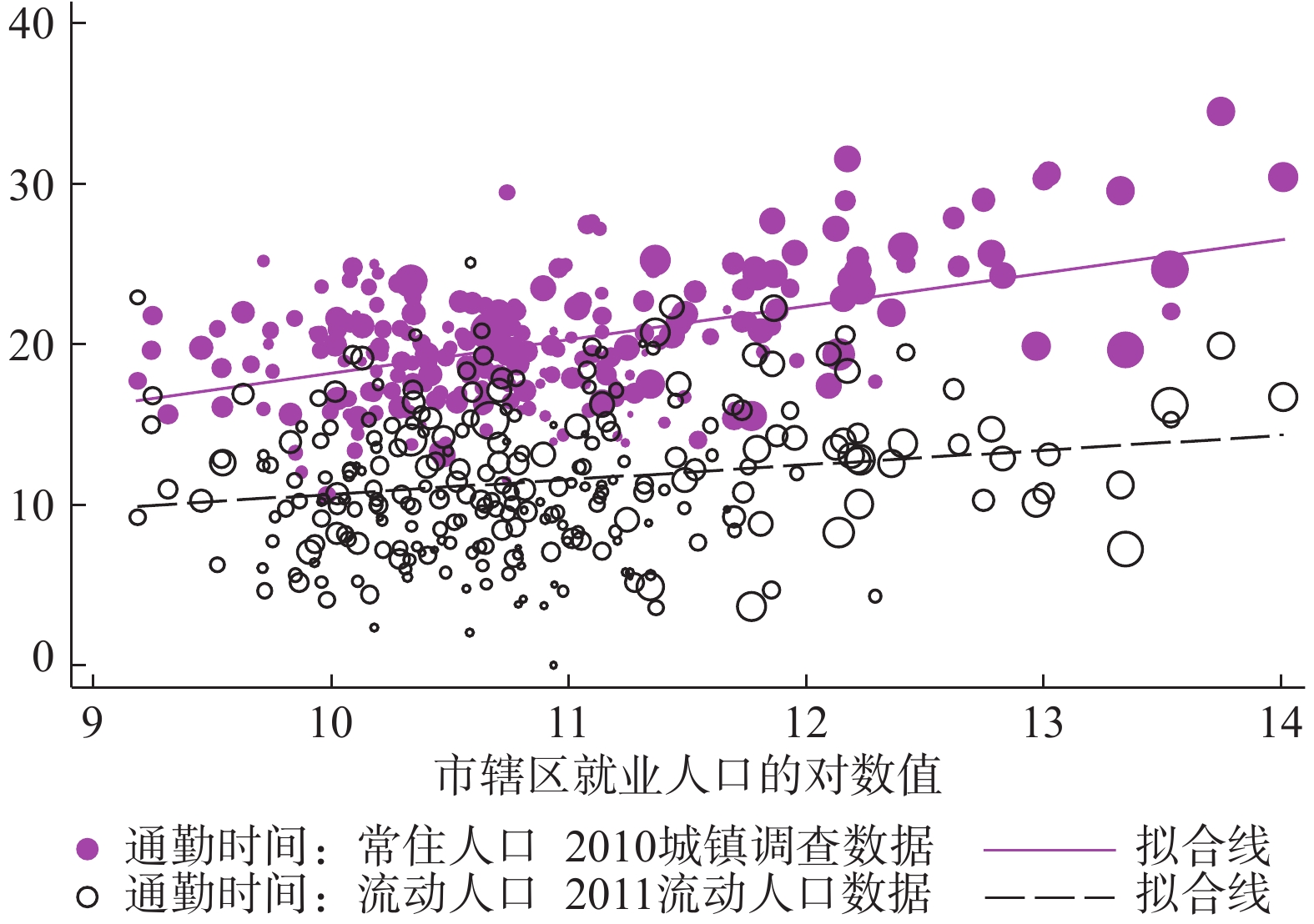Limiting Urban Population Scale Matters on Relieving Congestion
- Available Online: 2020-02-01
Abstract: This paper analyzed migrant population’s commuting characteristics, using the data of China Migrants Dynamic Survey 2011, and compared them with resident population. We found migrant population’s average commuting time was much lower than that of resident population, and as urban population increased, average commuting time of migrant population increased more slowly than the resident population, so when we controlled the numbers of resident population, the numbers of migrant population didn’t influence the cities’ average commuting time significantly. The main reason of these was there was a large proportion of migrant population commuted in short distance, which could be explained by migrant population’s characteristics of occupation and residence: firstly, a high proportion of migrant population was engaged in business services such as business, traders, restaurants, etc., and their commuting time was short on average and increased slowly when urban population increased; secondly, a high percentage of migrant population lived in rented houses or houses provided by employer, and their commuting time were also shorter than the people lived in houses purchased or built by themselves, and increased slowly when urban population increased. According to the research of this paper, we can’t relieve congestion through limiting urban population scale.




 沪公网安备 31010102003103号
沪公网安备 31010102003103号 DownLoad:
DownLoad: